48 Hours in Kyoto
Discover Kyoto’s top highlights including Fushimi Inari Taisha, Nishiki Market, Arashiyama, and more
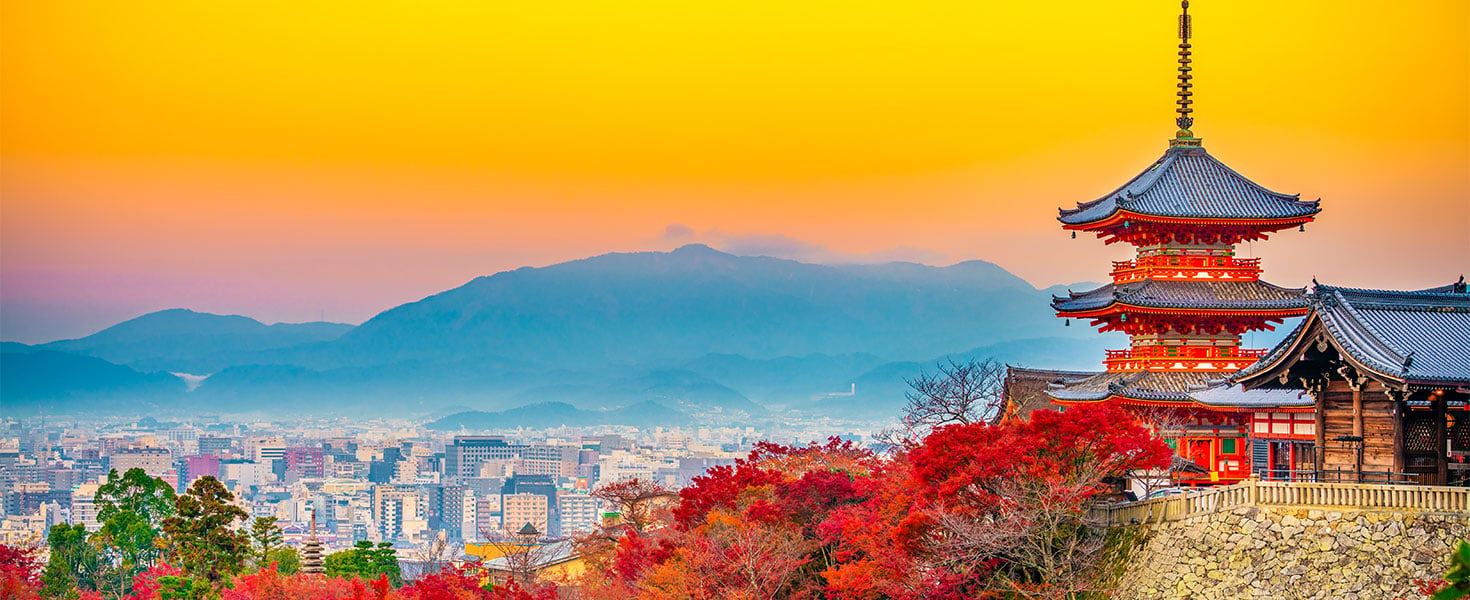

Kyoto was the capital of Japan for more than 1,000 years and still maintains a sense of majesty and pride befitting of the former empire. Here, authentic Japanese traditions still flourish, from craft and cuisine to storytelling and religion. Manners matter, service is taken seriously, and beauty abounds.
While more time would be desirable, Kyoto can make a deep impression in just a couple of days. Here are some top highlights for a whirlwind 48 hours in Kyoto Japan.
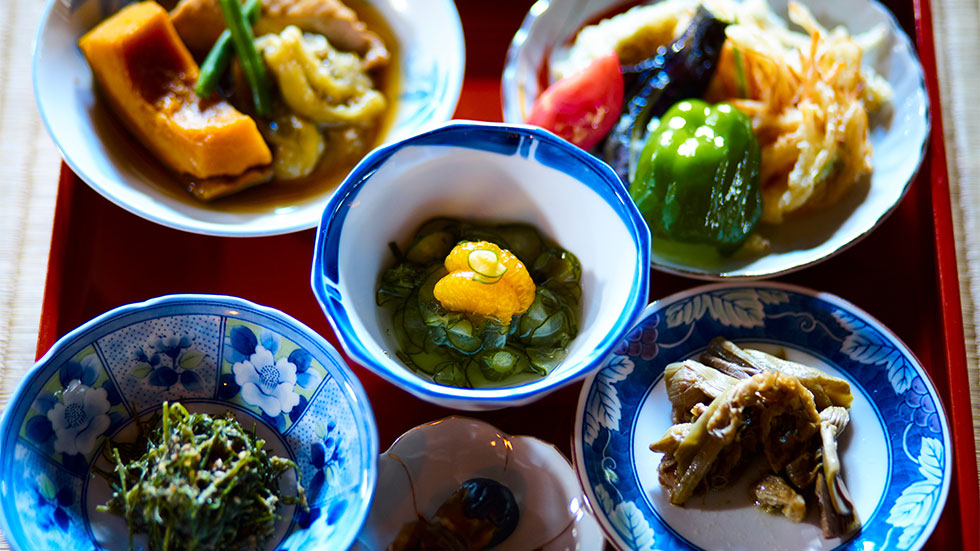
TRY THESE CLASSIC KYOTO CUISINES
The Kyoto culinary scene is vast and diverse, but kaiseki and shojin ryori are signature specialties here. Kaiseki is Japanese precision at its most beautiful, featuring a sequence of small dishes prepared masterfully and presented exquisitely. The tradition dates to the 16th century and continues to become more impressive with time. Hyotei is a stellar choice for a singular kaiseki meal and boasts three Michelin stars, an honor that only about 150 restaurants worldwide can claim.
Shojin ryori describes the Buddhist vegetarian cuisine popular across Kyoto. There are countless spots to give your tastebuds a sample of shojin ryori cuisine, but Yudofu Sagano will quickly challenge your perception of what can be done with tofu. Tucked in a quiet alley with garden views, it also offers a moment of serenity in the busy tourist area of Arashiyama.
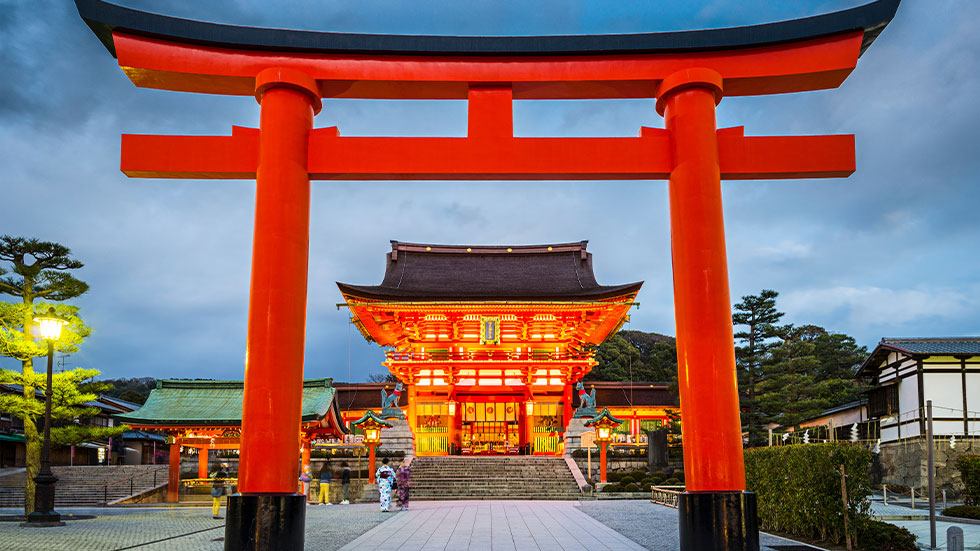
VISIT THESE KYOTO TEMPLES AND SHRINES
Fushimi Inari Taisha is undoubtedly Kyoto’s most recognizable landmark. You’ve likely seen photos of the shrine’s thousand orange gates dotting the mountainside, and you should certainly visit them yourself. Understand that everyone else visiting Kyoto will be doing the same, and suffer through the claustrophobia at the base of the hill, where hundreds of photo-hunters will be creating traffic jams. Persist up the mountain; crowds will thin dramatically the further you go. This is where you can take your own stranger-free pics—and where you’ll find the moments of reflection and gratitude this shrine was intended to provide.
Kinkaku-ji is known as the Golden Pavilion for good reason—the top floors are completely covered in gold leaf, and the result is stunning. It was meant to demonstrate wealth, and it surely does, but the surrounding nature is equally powerful.
If you’re visiting Kyoto in fall, you’ll be especially lucky to visit the Eikan-do temple at its most spectacular. The fall foliage here is outstanding and lit for enchanting night visits during this season only.
Saiho-ji, a temple best known for its picture-perfect moss garden, is another beauty worth exploring, but this one takes a bit of old-fashioned effort. You’ll need to mail a letter in advance and provide some handwriting upon arrival, but this only adds to the quintessential Japanese formality of this elegant treat.
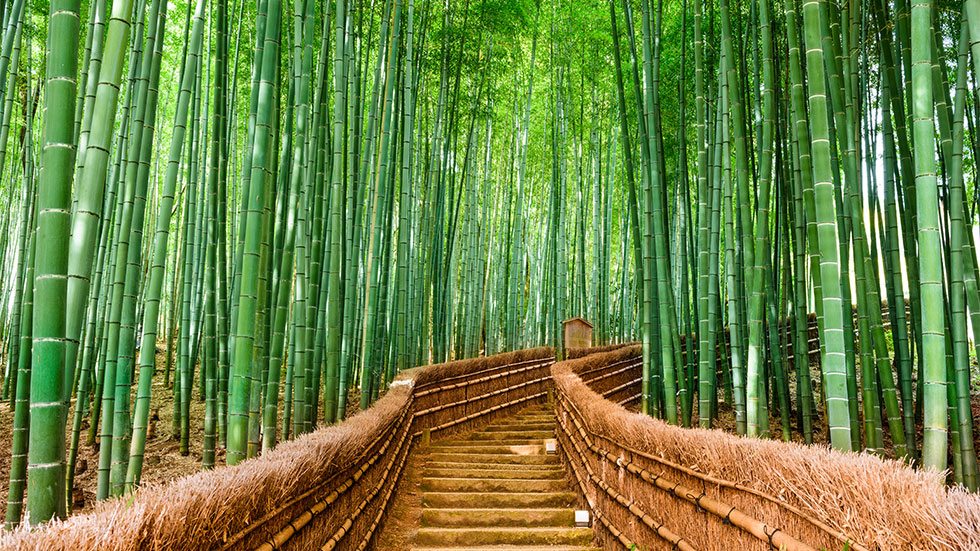
TAKE IN SOME OTHER TOP KYOTO SIGHTS
The UNESCO-protected Nijo Castle is a powerful reminder of the shogun dominance that once ruled Japan, controlling even the emperor. Expect a temple vibe at this centuries-old site, rather than a European castle. There’s little signage, so hiring a guide is highly recommended.
About 20 minutes by train from Kyoto Station, the Arashiyama Bamboo Forest is a favorite afternoon visit for tourists, but know what you’re getting. Despite the grandiose name, this is a roughly 1300-foot pathway flanked by towering bamboo, far more modest than many expect. It’s plenty charming, though, and you should ride the Japanese rails at least once anyway. An easy visit to the bamboo forest is a great excuse to do this.
Kyoto is home to some epic shopping streets teeming with vendors protected by soaring ceilings, and Nishiki Market is one of the most famous. For roughly 400 years, this street has been home to some of Kyoto’s favorite food vendors from street food to sit-down restaurants. It’s found in the Shinkyogoku shopping district, where fashion, souvenirs, electronics, crafts, and just about everything else you’re looking for will be found. Even people-watching here is worthwhile.
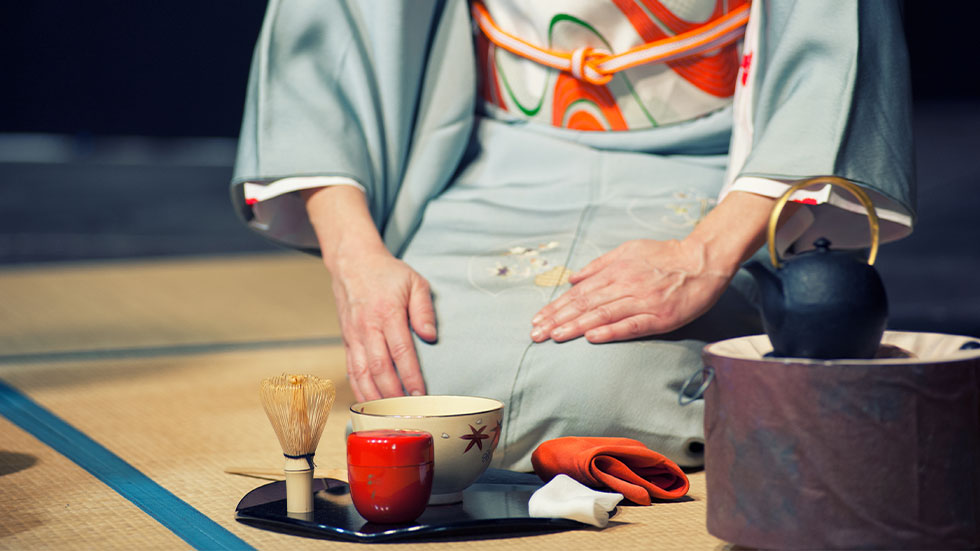
RECHARGE IN A LUXURY KYOTO HOTEL
Hotel The Mitsui Kyoto offers a serene stay in the heart of bustling Kyoto, just across from Nijo Castle. Gain entry through a 300-year-old palace gate via a quiet alley, where—despite the property’s central location—the city will feel miles away. Take the hotel’s art tour to learn more about this artifact, and the rest of the property’s impressive collection. Rooms and suites surround the 14,000-square-foot garden, immaculately landscaped with dozens of species that provide year-round beauty.
A member of The Luxury Collection by Marriott, the hotel offers authentic tea ceremonies, fine dining, and suites that include private onsen access, but the thermal spring spa is the undisputed highlight of the property. Available daily to all hotel guests, the naturally heated baths are housed in an ultra-sleek facility of stone and glass that must be experienced.
